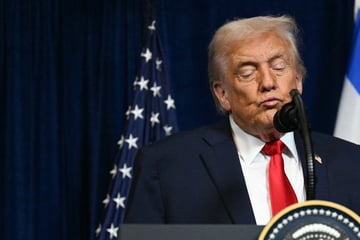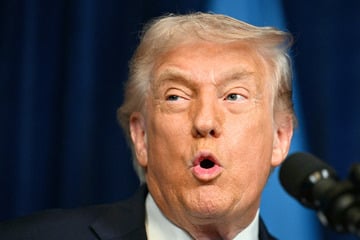Newsom and allies put up huge funds to fight California recall election
Sacramento, California – California Governor Gavin Newsom and his allies boosted the Democrat's chances of beating the recall attempt by significantly outspending his opponents in August, putting more than $36 million in one month alone into TV and social media advertising, phone-banking, door-knocking, and texting.
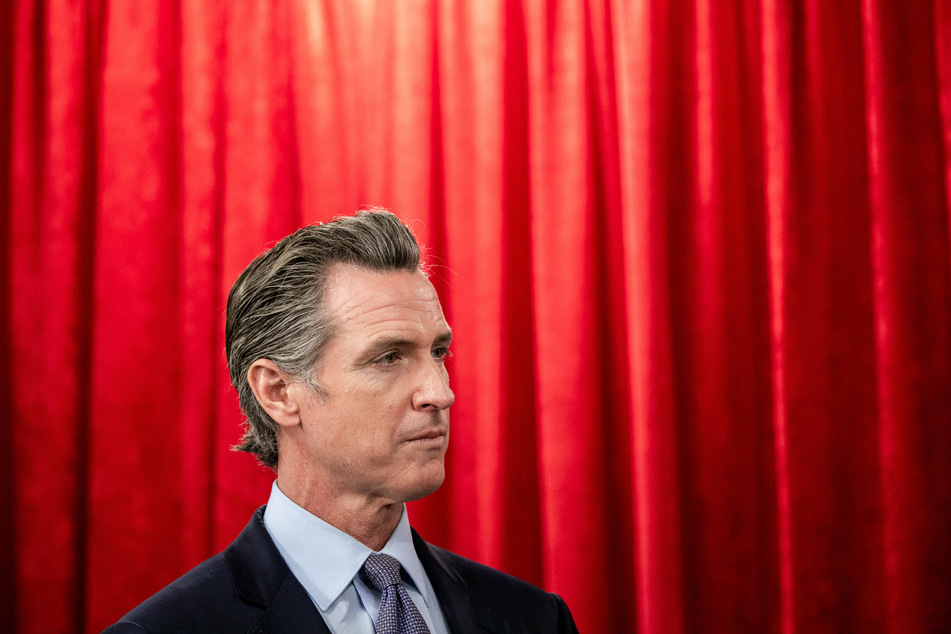
The five top Republicans running to replace Newsom and pro-recall committees combined spent less than a third as much during the same period, according to campaign finance disclosures filed on Thursday with the secretary of state’s office.
On September 14, voters will decide whether a recall election should be held, one year before Newsom is set to stand for reelection.
Newsom, who enjoys an overwhelming fundraising advantage versus his opponents, used his financial edge to stoke Democratic enthusiasm after a series of polls suggested his fellow partisans were less engaged than Republicans and others supporting the recall.
More recently, polls show the governor has as much as a double-digit lead. And anti-recall forces have raised $72.4 million, more than double that of candidates and political committees backing the recall.
"Democrats were rightly concerned that not enough Democratic voters were paying attention or caring about the recall. And as with most statewide elections, money does play a huge role, especially when it comes to television advertising," said veteran Republican strategist Beth Miller.
"You have to take a step back and pause and ask, in such a deeply blue state like California, who would have thought it was going to take this kind of money to move the needle and keep Newsom in office," she added.
She also said she believes the governor will survive the recall.
Recall backers say they are happy to be draining resources ahead of 2022 elections
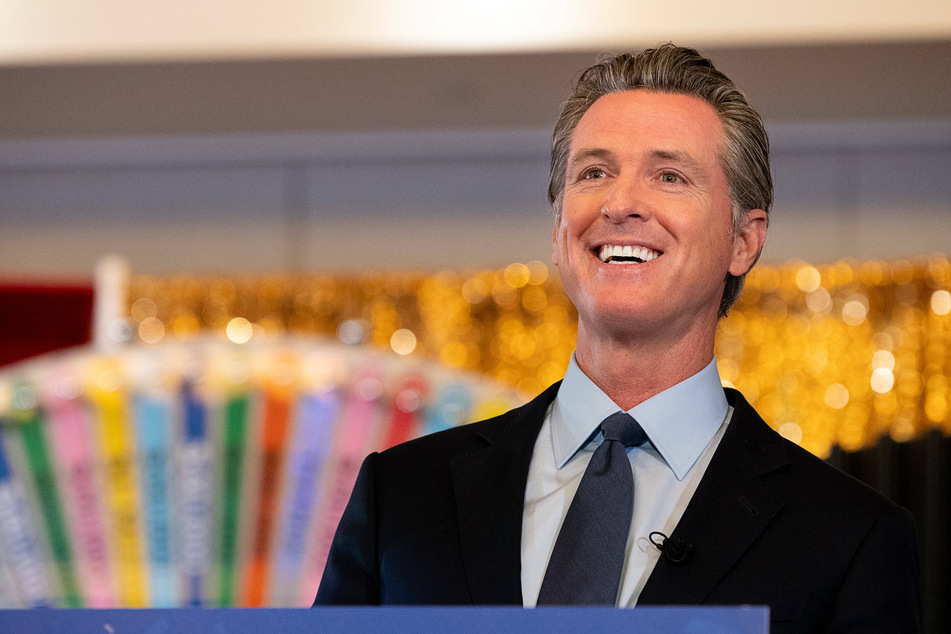
Recall backers say the financial difference doesn’t matter because the greater passion is on their side.
"We had no money and we still got it on the ballot, and some polling showed us even," said Anne Hyde Dunsmore, campaign manager for Rescue California, one of the main recall groups.
She said that, even if the effort is unsuccessful, it has many silver linings.
"We caused [Newsom] to spend, we caused the Democratic Governors’ Association to spend. We’re draining resources for 2022, which is promising to be a miserable [election] year for the party that holds the White House," Dunsmore said.
But for now, at least, Newsom’s massive spending appears to have paid off.
In late July, the polling was near even. But a poll released on Thursday by the non-partisan Public Policy Institute of California had Newsom with a 19-point lead.
The campaign hopes to mobilize POC and young voter turnout
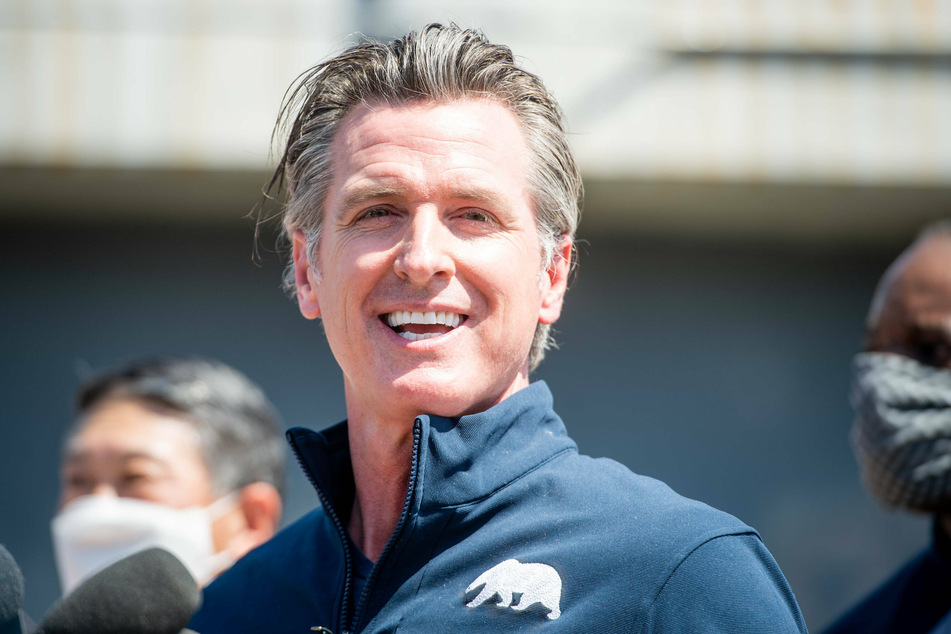
The main pro-Newsom group also financed an effort that it is describing as the largest voter mobilization in state history.
"We’ve got the biggest, most aggressive turnout operation and mobilization effort in state history," said Nathan Click, spokesperson for the group, which has 900 paid staff and tens of thousands of volunteers.
The committee has also partnered with 90 organizations around the state, such as Voto Latino, giving it $1 million for an effort aimed at young Latinos.
Much of the main anti-recall committee’s focus in the closing days of the campaign is on Latino and young voters who historically are more difficult to prod to the polls during non-presidential elections. At least $10 million has been earmarked to turn out communities of color around the state, Click said.
The election is now 10 days away, and so far more than 5 million ballots have been returned, with Democrats outnumbering Republicans by more than 2 to 1.
Yet, Republicans now tend to vote on Election Day because of former President Trump’s false claims about fraud in mail voting, so these early numbers are not predictive. Roughly 17 million ballots are outstanding.
The infusion of money in August, at a level rarely seen in California politics, has made a difference for Newsom, said Sherry Bebitch Jeffe, a professor of public policy communication at the University of Southern California.
A total of 46 replacement candidates are on the ballot, though one dropped out after suffering a heart attack.
The election is on September 14, though all of California’s 22 million registered voters were sent mail-in ballots in August because of the pandemic.
Cover photo: IMAGO / ZUMA Wire
